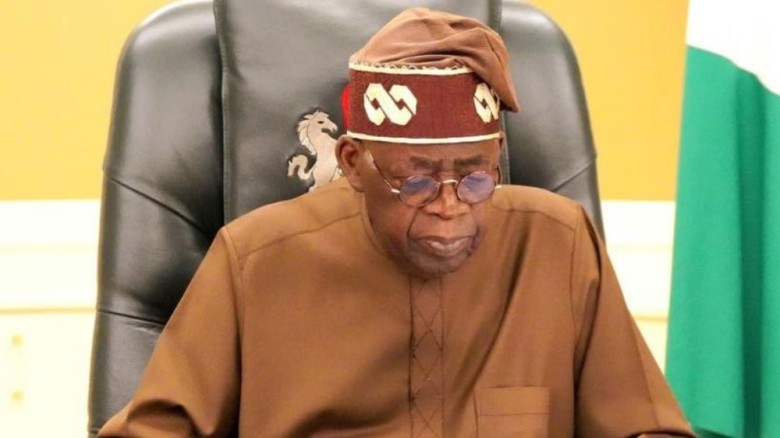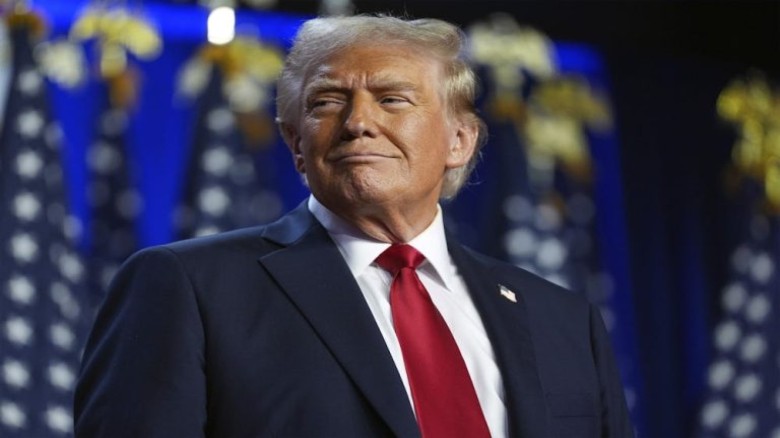US tariff could last beyond Trump era – JPMorgan report
The effective tariff rate on imports to the United States is anticipated to stay around 22%, with little chance of a reduction in duties related to national security, as stated in a new report published on Wednesday by JPMorgan Chase’s Center for Geopolitics.The report suggests that tariffs are increasingly regarded across the U.S. political landscape as vital for bolstering the nation’s industrial foundation—particularly in industries such as semiconductors and defense. Consequently, the likelihood of a widespread rollback, even after the tenure of former President Donald Trump, remains low.
In contrast to market assumptions that tariffs mainly function as political tools, the report highlights a more established transformation in U.S. trade policy. Despite recent trade agreements igniting speculation about a more lenient approach from the administration, JPMorgan cautions against presuming a regression to the pre-2017 period characterized by low tariffs and extensive free trade agreements.
“The United States returning to a phase of low tariffs and the pursuit of comprehensive free trade agreements would be a miscalculation,” the report remarked. “Even if the next president favors a pre-2017 trade policy stance, they would encounter numerous obstacles in reversing the tariff framework established during the Trump administration.”
Over time, businesses may adapt their global supply chains and investment approaches to account for the enduring nature of the new tariff environment, rendering any reversal increasingly improbable.
JPMorgan’s Center for Geopolitics, founded in May, is headed by Derek Chollet, who has previous experience in the Pentagon, State Department, White House, and Congress.
In a distinct analysis, the JPMorgan Chase Institute in July projected that the new universal tariffs unveiled on April 2 could impose costs of up to $187.7 billion on midsize U.S. companies—over six times the financial burden created by earlier tariffs that were implemented at the beginning of 2025.
























Leave A Comment